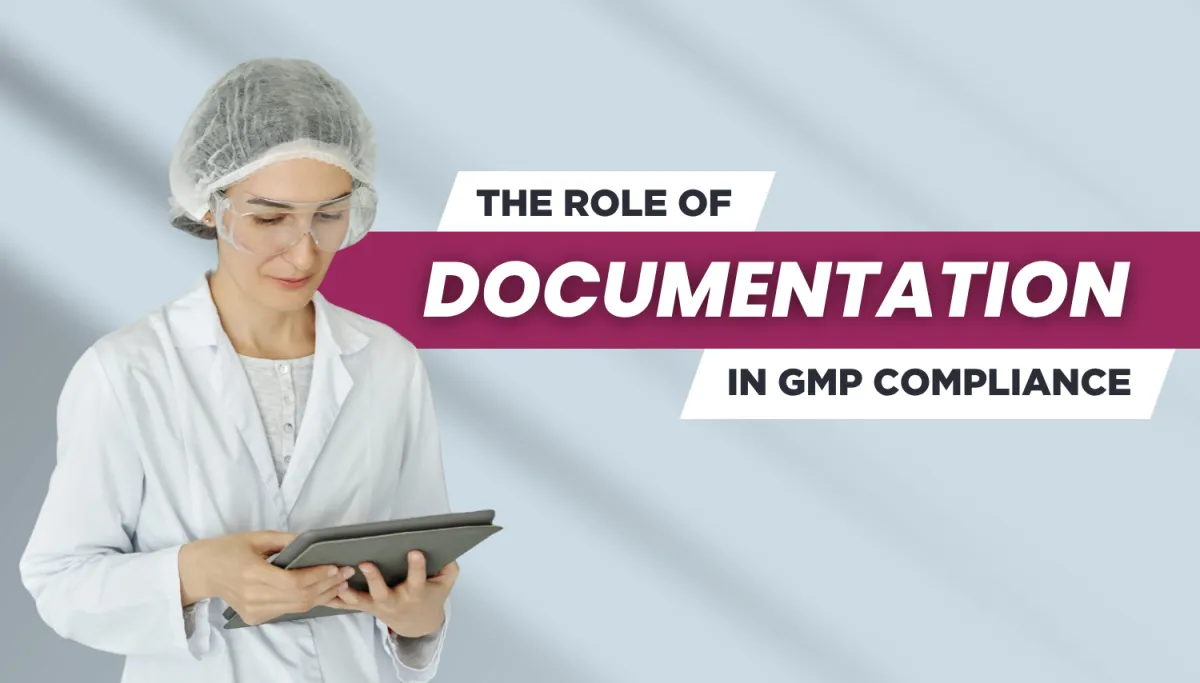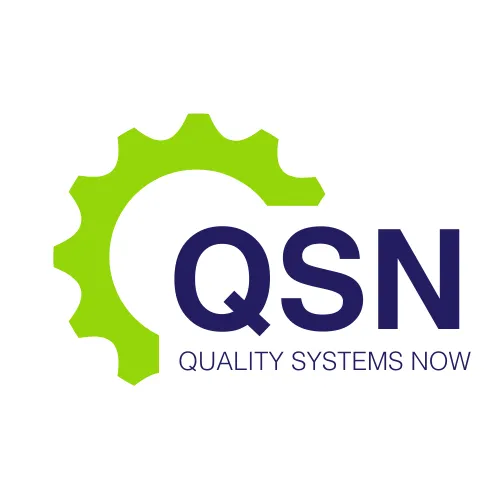LATEST NEWS

The Role of Documentation in GMP Compliance
Good Manufacturing Practice (GMP) is the cornerstone of quality assurance in the pharmaceutical, biotechnology, and therapeutic goods industries. Central to GMP compliance is the principle of thorough and accurate documentation. Every action, observation, and decision made in a regulated manufacturing or testing environment must be recorded in real time, reviewed by authorized personnel, and retained according to regulatory requirements.
Documentation is more than just an administrative task—it is a critical tool for demonstrating compliance, enabling traceability, and ensuring product quality and patient safety. This article examines the role of documentation in GMP systems, explores common pitfalls, and outlines best practices for establishing and maintaining effective documentation frameworks within life sciences organizations.
At Quality Systems Now we live and breathe documentation
Why Documentation is a Core Pillar of GMP
In GMP-regulated environments, the adage “if it’s not documented, it didn’t happen” is both a philosophical and regulatory truth. Regulatory agencies such as the TGA, FDA, and EMA expect companies to generate and maintain detailed records for all aspects of the manufacturing, testing, storage, and distribution of therapeutic goods.
Documentation serves multiple essential purposes:
Compliance Evidence: Records provide objective proof that processes have been followed as defined and that quality standards have been met.
Traceability: Documentation enables the tracking of materials, equipment, and decisions across the product lifecycle.
Accountability: Well-maintained records identify who performed each task and when, supporting personnel accountability and training assessment.
Continuous Improvement: Documented deviations, CAPAs, and investigations drive improvement through root cause analysis and corrective actions.
Inspection Readiness: Regulatory inspections rely heavily on documentation to verify compliance.
Failing to generate or maintain accurate records can result in regulatory citations, warning letters, product recalls, or, in severe cases, license suspension.
Types of GMP Documentation
There are two broad categories of documentation in GMP systems: instructions (what to do) and records (proof that it was done). Both are necessary and must be well-integrated.
Instructional Documents
These include controlled documents that define how work should be performed to meet quality standards. Examples include:
Standard Operating Procedures (SOPs): Step-by-step instructions for consistent execution of routine tasks.
Batch Manufacturing Records (BMRs): Detailed instructions for product manufacturing and packaging processes.
Test Methods and Specifications: Descriptions of analytical methods and the acceptance criteria that must be met.
Validation Protocols: Plans for qualifying processes, equipment, and methods.
Cleaning Procedures: Instructions for maintaining equipment and facility cleanliness.
Instructional documents must be version-controlled, reviewed periodically, and approved by authorized personnel within the quality unit.
Record Documents
These are the proof that GMP activities were carried out as instructed. Examples include:
Completed BMRs and Test Reports
Equipment Logs and Calibration Records
Training Records
Deviation and CAPA Reports
Stability Study Reports
Audit Findings and Responses
Records must be contemporaneous, legible, attributable, and accurate. Any corrections must be traceable and justifiable.
Key Principles of GMP Documentation
Maintaining compliant documentation involves more than simply filling in forms. It requires disciplined adherence to documentation standards across all levels of the organization.
ALCOA+ Principles
The ALCOA+ framework outlines the key attributes of GMP-compliant data:
Attributable: Each entry must be linked to the individual who performed the action.
Legible: Handwritten entries must be readable and permanent.
Contemporaneous: Information must be recorded at the time the task is performed.
Original: Source data should be preserved without unauthorized alteration.
Accurate: All data must be correct, complete, and reflective of actual observations.
The “+” in ALCOA+ includes additional attributes such as complete, consistent, enduring, and available, further reinforcing the importance of documentation integrity.
Document Control
An effective document control system ensures that:
Only the latest approved versions of documents are used.
Superseded versions are removed from points of use.
Changes to documents are justified, reviewed, and approved before implementation.
All documentation is reviewed periodically for relevance and accuracy.
Electronic systems such as Document Management Systems (DMS) can automate version control, review workflows, and distribution.
Common Documentation Challenges
Even well-established companies may struggle with documentation consistency and compliance. Common pitfalls include:
Incomplete or missing records: Omissions create compliance risks and undermine data integrity.
Backdating or pre-filling entries: These practices are red flags for inspectors and indicate poor training or oversight.
Inadequate SOPs: Vague or outdated instructions can lead to procedural deviations.
Poor handwriting or use of correction fluid: Illegible entries or attempts to obscure errors compromise the reliability of records.
Lack of document traceability: Failing to maintain audit trails or version histories can lead to data integrity issues.
Regular internal audits, staff training, and digital systems can help mitigate these risks.
Digital Transformation of Documentation
The adoption of electronic systems for GMP documentation offers significant benefits in terms of efficiency, traceability, and compliance. These systems include:
Electronic Batch Records (EBR): Automate the generation and review of manufacturing records, reducing human error.
Laboratory Information Management Systems (LIMS): Manage test data, sample tracking, and audit trails for laboratories.
Quality Management Systems (QMS): Integrate document control, training, CAPA, deviations, and audits in a centralized platform.
However, transitioning to electronic systems must be done with care. Systems must be validated according to GAMP 5 principles and meet regulatory expectations for 21 CFR Part 11 or EU Annex 11 compliance.
Training and Culture: The Human Side of Documentation
Technology and procedures alone are not enough. People are ultimately responsible for creating and maintaining documentation. Therefore, building a culture of accountability and awareness around GMP documentation is essential.
Training should cover:
The importance of data integrity and regulatory compliance.
How to complete documentation correctly, including common errors to avoid.
The proper handling of deviations, errors, and corrections.
Managers should model good documentation practices and encourage employees to ask questions and report documentation concerns without fear of reprisal.
Conclusion
GMP documentation is not simply a regulatory requirement; it is the foundation of product quality, process control, and organizational integrity. Every piece of data recorded in a GMP environment contributes to the evidence base that supports product safety and efficacy.
Companies that prioritize strong documentation systems and foster a culture of compliance will be better positioned to succeed in regulatory inspections, reduce operational risks, and maintain market trust.
At Quality Systems Now, we help organizations establish and refine their documentation systems in alignment with international GMP standards. Whether you are building a documentation system from the ground up, transitioning to electronic systems, or responding to a data integrity concern, our experienced consultants provide practical, risk-based guidance tailored to your business and regulatory environment.
